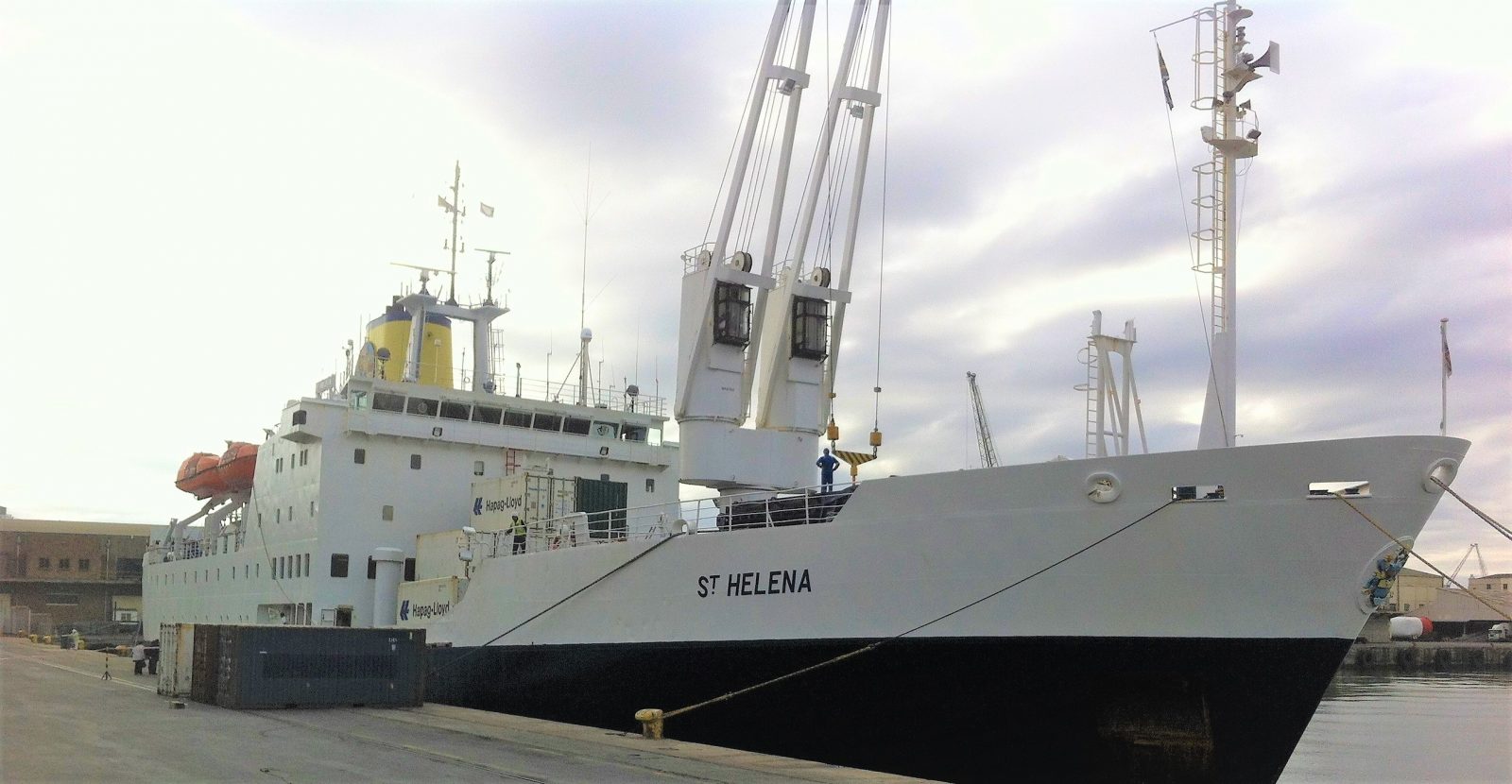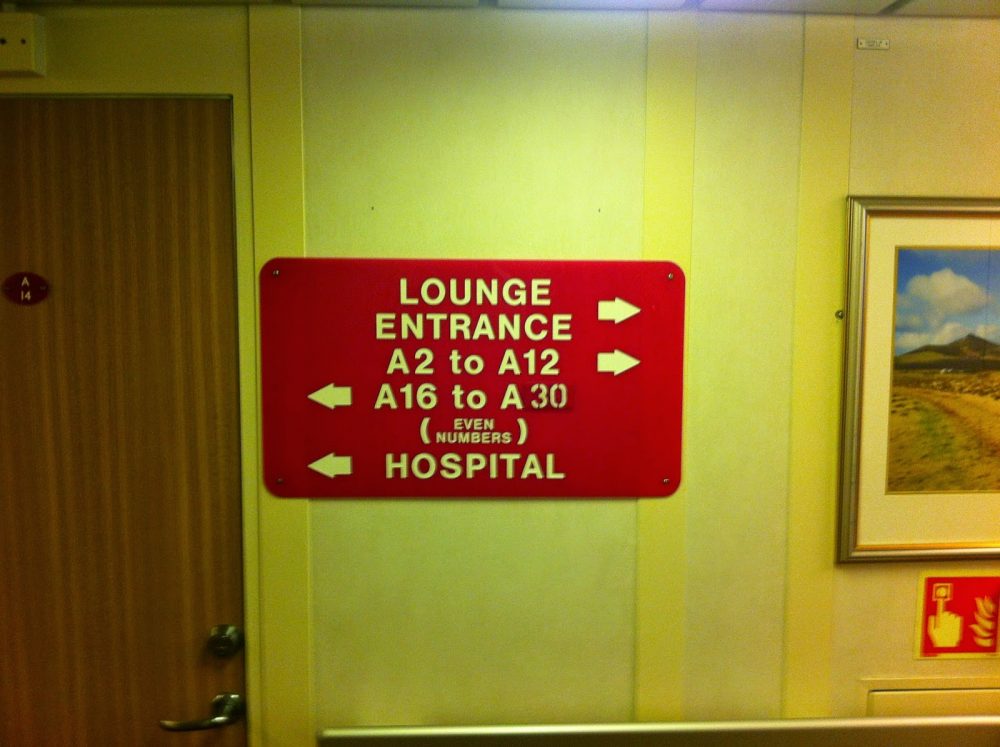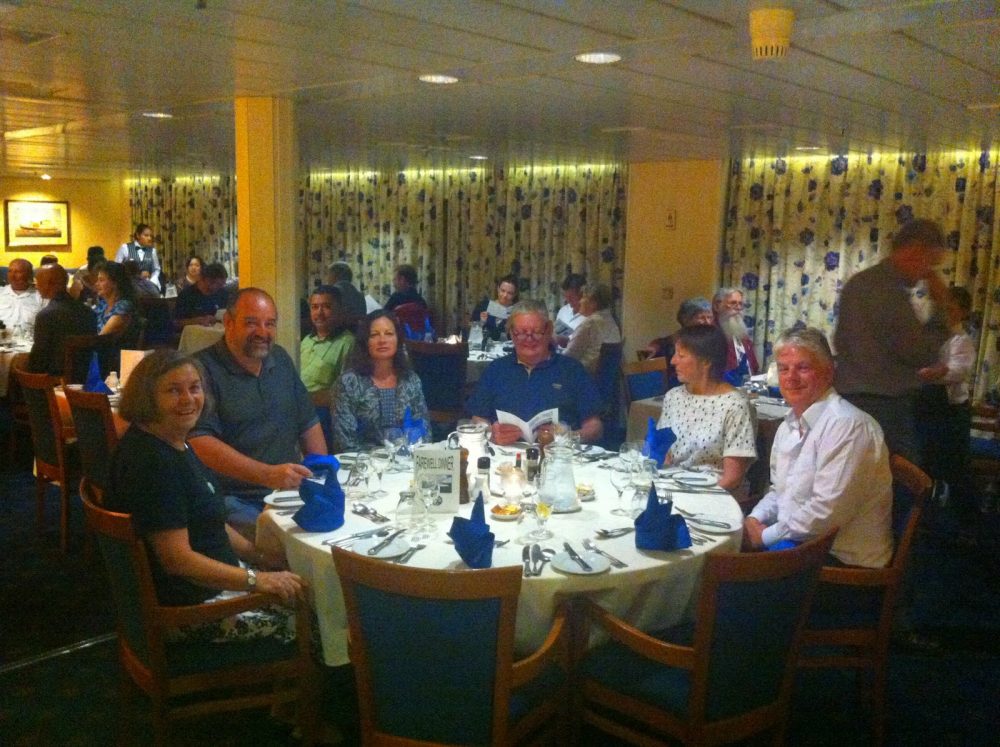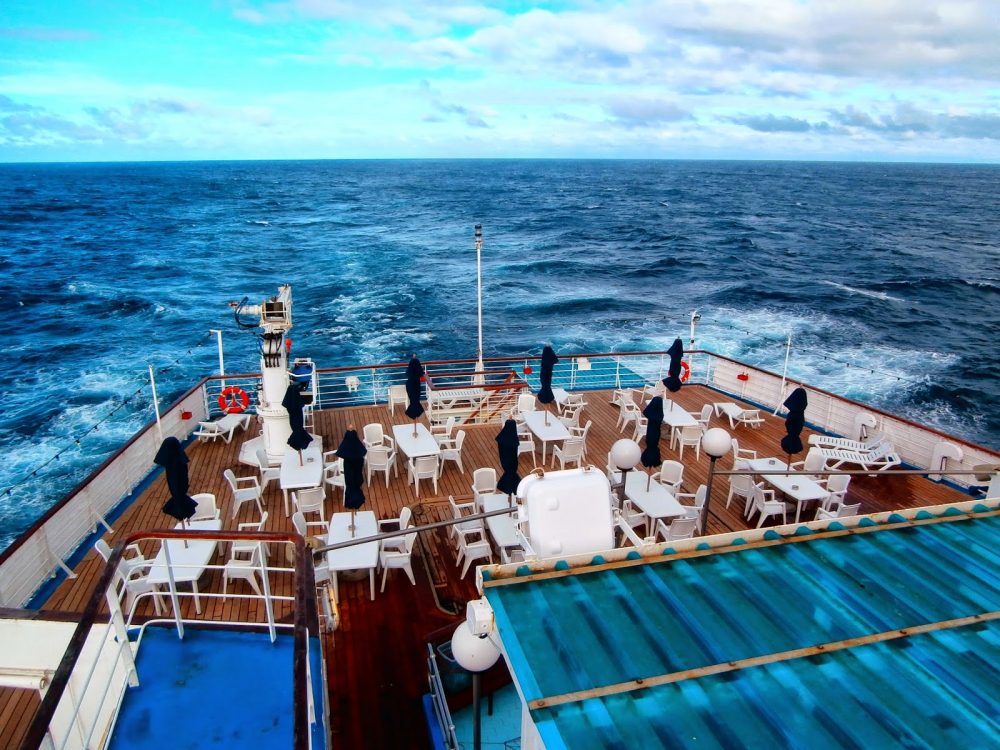The RMS St Helena: 6 delightful days at sea
RMS St Helena – Nautical but Nice

“The RMS” as she is fondly known, is an odd ship; built in 1990, it was probably old fashioned before she was launched, and she remains the lifeline for the remote and rather wonderful island of St. Helena, with periodic service to the island of Ascension that lies some 700 miles to the north.
The voyage to the island from Cape Town takes six days, and far from being monotonous, she offers a wide variety of activities ranging from people watching to the gymnasium to the movie offerings and of course the food.
The people are the most interesting; built to accommodate a maximum of 155 passengers in three basic categories of cabins, with twin, four and six-berth units available, she rarely carries more than about one hundred. There are Saints heading home for a vacation, business travellers heading out to work on one element of the island’s infrastructure or another, government officials and some tourists. And us.
The ship is fairly small, at 6.500 tons, but sufficient to weather the unpredictable seas of the South Atlantic, and deliver her passengers and the 3,000 tons of freight she carries reliably and safely.
The ship is redolent of a time-gone-by. Of course, this is mostly because nobody travels on a five-day journey by ship anymore to reach a destination; we fly, although this is currently an impossibility for St. Helena as they have no airport.
One is being built at the moment, and it is planned to be ready in 2016, and many hopes and fears are riding on the inevitable changes that it will bring to the islands economy and social fabric.


The ship offers deck quoits, shuffleboard, domino tournaments, beef tea and frog racing; there are bridge games and visits to the bridge, there are movies, a library and the simple pleasure of watching the water for whales and the occasional massive sea turtle.
Conversations are started and drift off into the afternoon, to be picked up once more over an evening sundowner; all very civilised.

There is a wi-fi service, although of such a miserable balance between cost and speed, it is barely worth acknowledging; however, there is much to be said for a week without Facebook and email.
Time ticks along; our cabins are small and simple, almost monastic. The public areas are pleasant and not over-crenellated, the decks hint of summer jollity in the winter shadows, and the water spills amusingly out of the swimming pool as we bump our way north from Cape Town.
It is a strange community, currently of 75 passengers and 59 crew bobbing 4,500 metres above a plethora of googly-eyed sea-creatures and a thousand miles from land, yet dressing for dinner and a cocktail with the captain. It is really rather pleasant.
Passage on the ship is not inexpensive, but more than reasonable when one considers the route. A berth in a small two-berth cabin (with shared facilities) will start at about £475 each way. Larger cabins with en suite facilities will run about £1,000 and the largest cabins about £1,500.
Considering that this brings passage to St. Helena, a delightful island of which more will be written later, and six days/five nights on board the RMS with fine food throughout, it is really a very good deal indeed.


It is the end of an era; the ship will be decommissioned after the airport starts operation, and for the island, its visitors and above all its residents, this change is a little frightening. One should travel to the island now, and enjoy the privilege of being one of the last people to travel to a remote country by ship.

